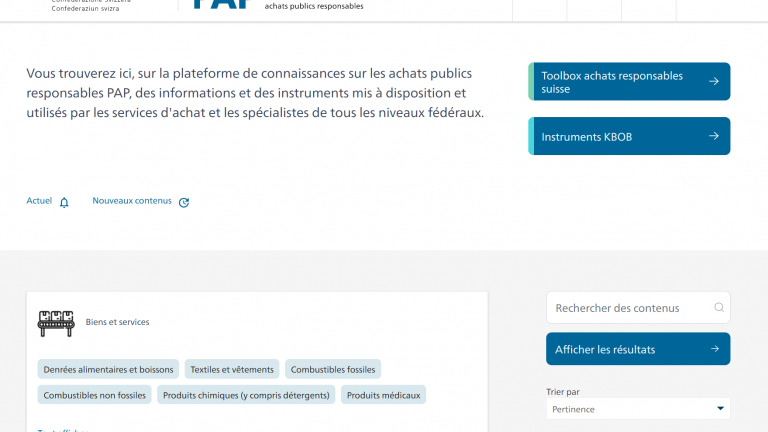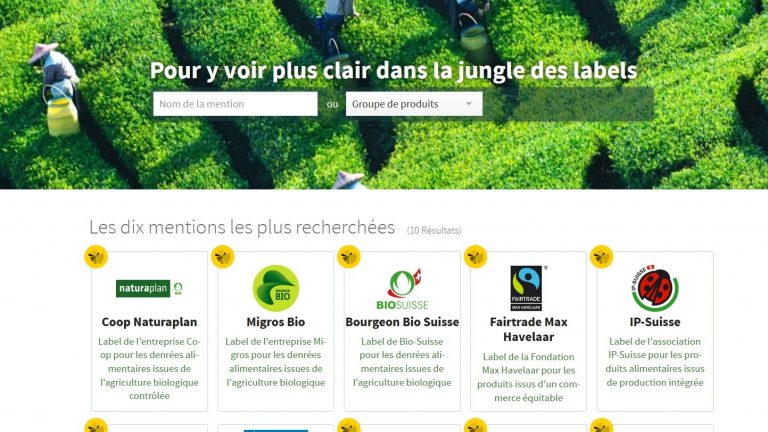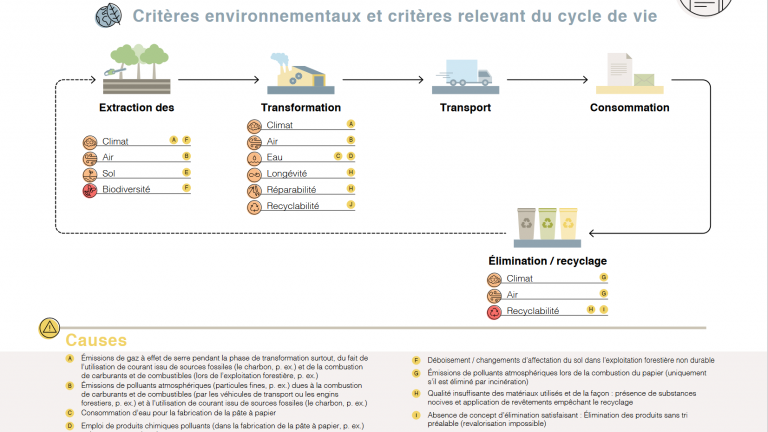 Products concerned
Products concerned
Non-exhaustive list below
- Notebooks, binders, folders, and dividers
- Envelopes and padded envelopes
- Plastic sleeves and briefcases
- Markers, pens, felt-tip pens, pencils
- Correction fluids
- Glues, adhesive tapes, and packing tapes
- Toner cartridges
 Best practices
Best practices
- Reduce as much as possible the use of stationery and office equipment
- Purchase according to the principle of sobriety: only buy the products that you really need and make sure the quantity corresponds to the actual needs
- Centralize / group the purchase requests with other units / labs in order to minimize transport and packaging needs
- Extend the lifespan of products, for example by using rechargeable, repairable, or recyclable products
- Avoid products that contain substances or mixtures that are harmful to health or the environment
- Choose products that bear a sustainability label (for example Blue Angel, Austrian Eco-Label, French NF Environnement or European Eco-Label)
-
Get training on the Catalyse tool
-
Sort your waste. At EPFL, the EcoPoints and local waste disposal centers enable everyone to recycle the most common waste
 Catalogues available
Catalogues available
The Lyreco and IBA catalogues, for most of the purchase subcategories, enable you to identify and filter articles that are “sustainable” (“durables” in French):
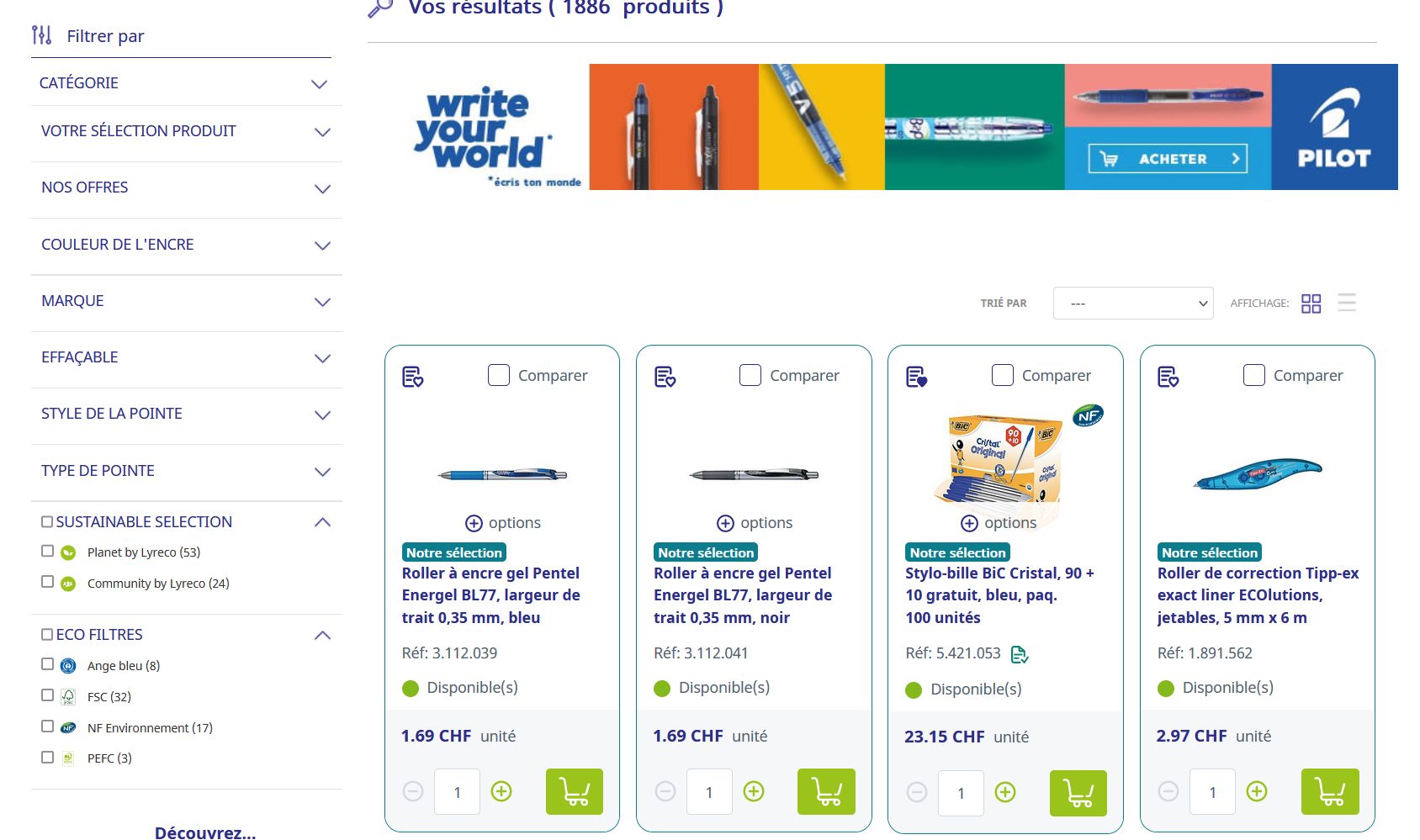
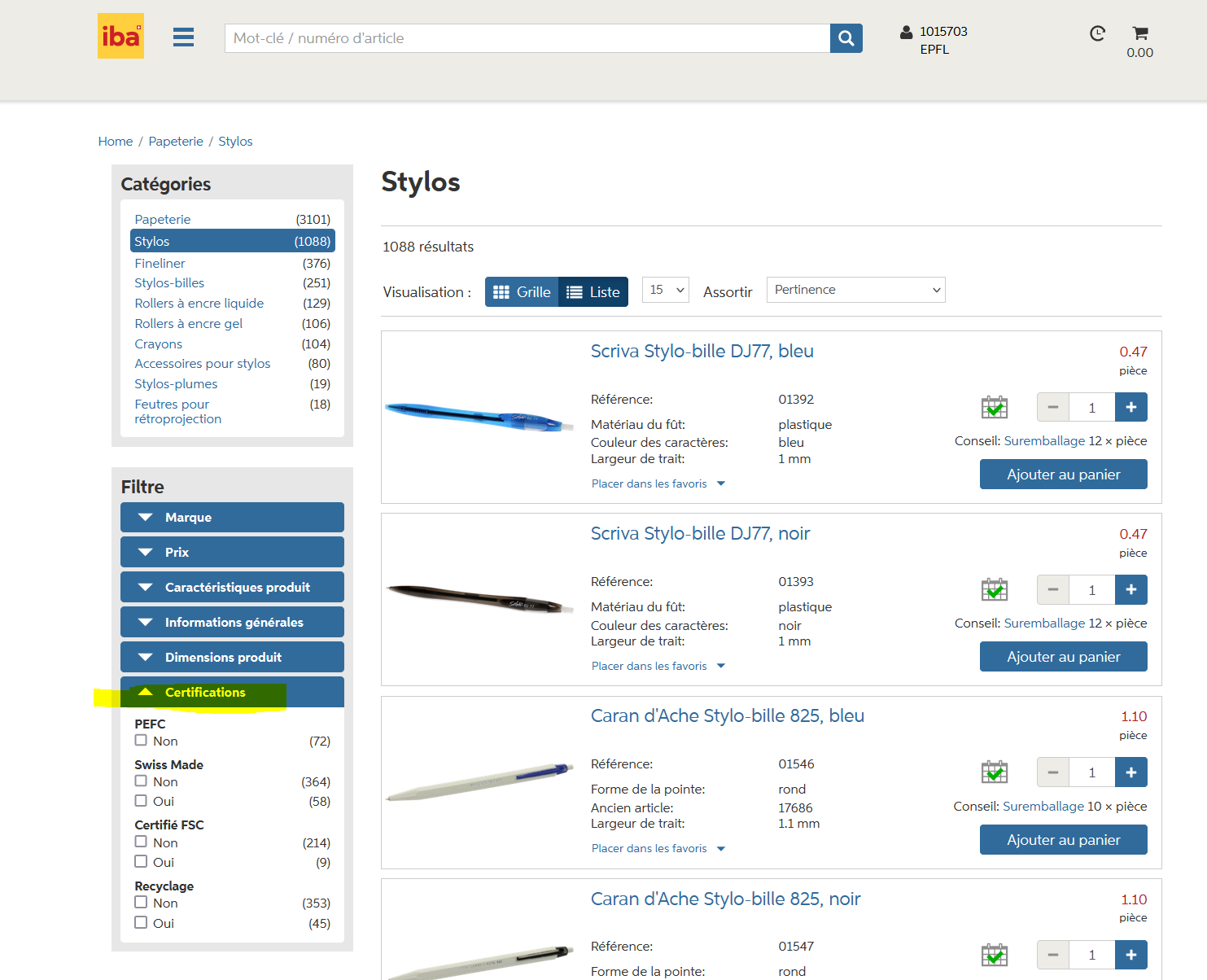
 Environmental impacts
Environmental impacts
Raw materials
- Paper and carboard: deforestation within non-sustainable forest management, with negative impacts on the climate, potential loss of biodiversity, as well as loss of habitats and harmful consequences for plants, animals, and people
- Metal: pollution of waters and soils, consumption of abiotic raw materials
- Plastics: consumption of finite resources (petrol), pollution of waters and soils, impact on the climate
- Adhesives and paints: consumption of resources and use of toxic chemicals
Manufacturing
- Paper and cardboard: the use of chlorine, optical brighteners, bleaching agents, and other chemicals has an impact on the environment, particularly waters, as well as using huge quantities of water and energy
- Metal: impact on the climate due to the transformation process involving high levels of energy consumption and the resulting greenhouse gas emissions
- Plastic: danger for the environment due to the use of toxic chemicals and the emission of pollutants; impact on the climate due to the significant use of energy and the resulting greenhouse gas emissions
- Adhesives and paints: the use of harmful chemicals (organic solvents, preservatives, heavy metals, etc.) has an impact on the environment
Transport
- Manufacturing usually takes place abroad. Transport, not only to the place of consumption but also between the different stages of the supply chain, generates greenhouse gas emissions that contribute to human-induced climate change
Use
- Consumption of resources, particularly due to a short lifespan, overconsumption, as well as too wide a product range
Disposal
- Plastics: inappropriate elimination of plastic products, in particular, represents an enormous impact on the environment. In addition, if waste is not recycled, precious resources are lost in the creation of value
- Adhesives and paints: if residues of toxic substances present in the products end up in the environment, they can pollute soils and waters
- Different materials within the same product, for example the combination of metal and plastic, make recycling more difficult
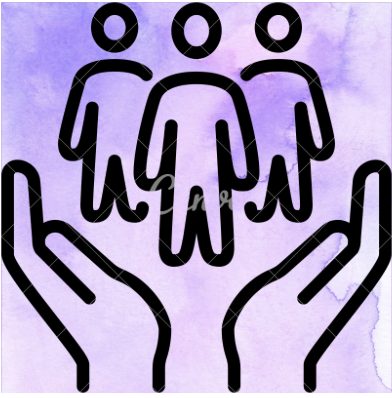 Social impacts
Social impacts
Paper and cardboard
- Serious violations of human rights (child labor, modern slavery, rights of indigenous people, etc.)
- Violations of human rights (freedom of association, freedom of expression, etc.)
- Health and safety at work
Metal
- Serious violations of human rights (child labor, modern slavery, rights of indigenous people, etc.)
- Violations of human rights (freedom of association, freedom of expression, etc.)
Plastics, adhesives, and paints
- Serious violations of human rights (child labor, modern slavery, rights of indigenous people, etc.)
- Violations of human rights (freedom of association, freedom of expression, etc.)
- Health and safety at work
 Health impacts
Health impacts
-
Harmful emissions, for example those of volatile organic solvents such as xylene and toluene, carcinogenic preservatives, or allergenic azo dyes can contribute to air pollution at the workplace
